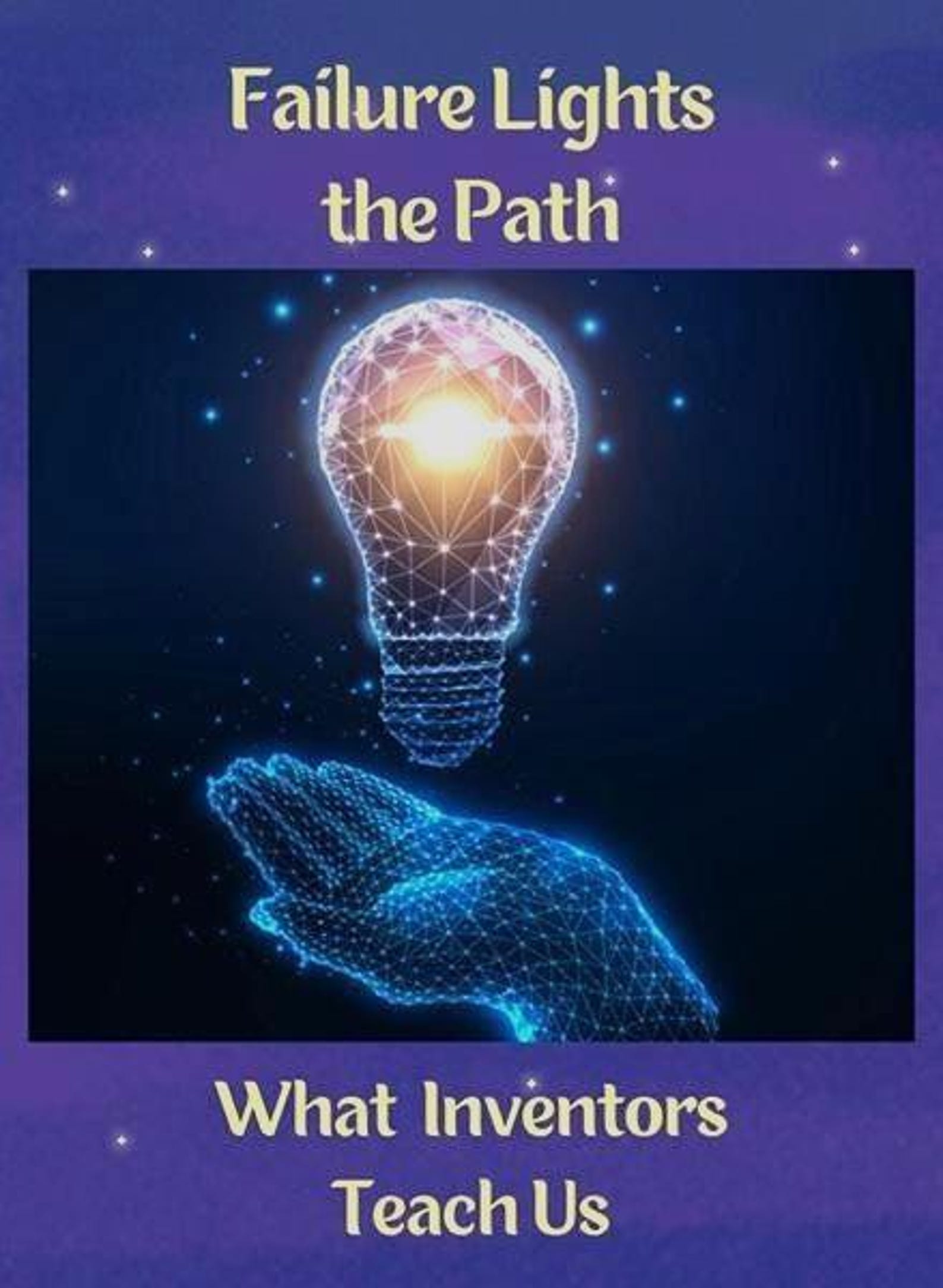There is something different about inventors. Often seen as eccentric by society, they scorn conventions, and forge their own paths. Many of them lack formal education.
James Watson first studied ornithology (study of birds), had a PhD in Zoology, and was self taught in many subjects. James Watson's early interest in ornithology played a significant role in his path to becoming a scientist, even though he ultimately shifted his focus to genetics and the study of DNA. Here's how ornithology assisted him:
- Inspired his interest in science: Watson's lifelong passion for bird watching, a hobby shared with his father, ignited his curiosity about the natural world. He has even stated that birds led him into science.
- Fostered scientific skills: Bird watching required him to be observant, patient, and persistent – skills that are essential in scientific research.
He shifted his studies to Post Doctoral work at the University of Copenhagen. James Watson's research at Copenhagen University (1950-1951) involved studying bacterial viruses (bacteriophages), or viruses that infect bacteria, specifically attempting to understand the fate of the DNA of infecting virus particles.
- Seeking Chemical Knowledge: Recognizing the need to supplement his biological understanding with chemistry, Watson pursued postdoctoral work in biochemistry.
- Encounters with X-ray Diffraction: A pivotal moment occurred during a conference in Italy, where Watson saw Maurice Wilkins present X-ray diffraction data of DNA. This visual evidence reinforced Watson's conviction that DNA had a defined structure that could be deciphered.
- Collaboration with Francis Crick: Watson then moved to Cambridge University and collaborated with Francis Crick, who possessed a strong background in mathematics and chemistry. Together, they utilized various types of evidence and approaches.
- Watson and Crick's work was not just about identifying the shape but also about understanding how DNA replicates and transmits genetic information.
When his department director banned Watson and his partner Francis Crick from pursuing the study of DNA, they ignored the ban and continued their work. They completed changed the course of science.
The Wright brothers were not engineers, had never attended university. They competed with highly educated engineers all over the world to make the first successful "flying machine". They rejected the conventional wisdom of the time, questioned the aeronautical tables everyone used, and discovered errors.
Belief in Possibility: Despite the prevailing skepticism and even ridicule, the Wrights had an unwavering belief that human flight was achievable. This inner drive pushed them to keep working towards their goal.
Katalin Karikó’s story is one of enormous perseverance. She and her husband and small child left communist Hungary for an opportunity in America. They were permitted to only take $100 out of the country. They hid $1,000 in the teddy bear of their daughter.
With little support, she persevered, and continued her research, despite the fact that few envisioned its possibilities. Except she believed in it.
Conclusion
The inventors dare to dream up solutions that seem outlandish. They trust their own instincts and ignore authority. But these “eccentrics” often lead humankind to the next steps of progress, they make our lives easier and enjoyable, and they save lives.
We can use these examples and the wisdom of inventors to achieve in our own lives. Their stories of perseverance against all odds can be applied to our own lives. They offer us rich lessons toward success in any endeavor.








